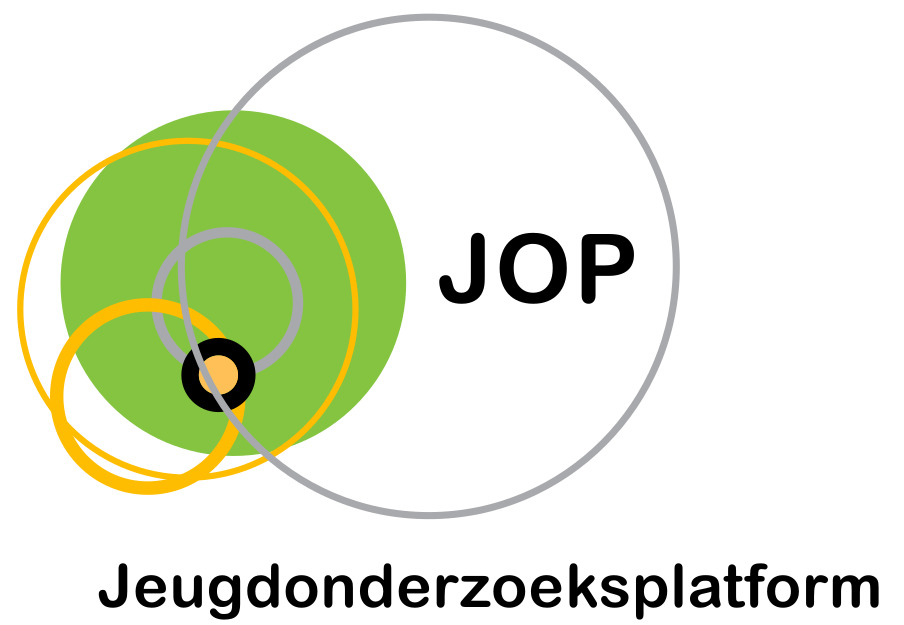Navigating the Social Media Seas: Understanding the Complex Relationship between Social Media Use and Adolescent Well-being.
Auteurs
Siongers, J., & Spruyt, B. (2023)

Abstract
Ondanks de sterke toename van studies naar sociale media, is er nog steeds weinig consensus over de impact van het gebruik van sociale media op het welzijn van adolescenten. Wij stellen dat dit te wijten is aan de beperkte focus op kwantitatieve aspecten van sociale media (bv. gebruiksfrequentie) en het gebruik van zeer specifieke welzijnsindicatoren. Dit onderzoek draagt bij aan de literatuur door (1) te kijken naar zowel kwantitatieve indicatoren van sociale mediagebruik (gebruiksfrequentie) als kwalitatieve indicatoren (dwangmatig gebruik en motieven van gebruik) en (2) verschillende aspecten van het welbevinden van adolescenten te bestrijken (algehele levenstevredenheid -SWLS, emotioneel welbevinden (SPANE-N en SPANE-P), tevredenheid met mentale gezondheid en met sociale contacten). Meervoudige regressieanalyses worden uitgevoerd op cross-sectionele gegevens verzameld in 2018 op basis van een representatieve steekproef onder Vlaamse adolescenten van 14 tot 25 jaar (n = 1406; 52,6% meisjes; Mleeftijd = 18,96). De resultaten tonen aan dat intensiever gebruik van sociale media samenvalt met meer negatieve emoties, minder algemene levenstevredenheid en minder tevredenheid met de mentale gezondheid. Vooral bij jongens werd het gebruik van sociale media geassocieerd met meer negatieve emoties. Daarnaast zagen we dat dwangmatig gebruik van sociale media leidt tot meer negatieve en minder positieve emoties en tevredenheid met de geestelijke gezondheid. Het gebruik van sociale media voor interpersoonlijk contact was echter positief gerelateerd aan een hoger welbevinden (alle indicatoren). De bevindingen onderstrepen het belang van een genuanceerd debat over de mogelijke invloed van het gebruik van sociale media op het welbevinden van adolescenten, waarin zowel de positieve als de negatieve gevolgen in beschouwing worden genomen.
Despite the sharp rise of studies on social media, there is still little consensus concerning the impact of social media use on adolescents’ well-being. We argue that this is due to the narrow focus on quantitative aspects of social media (e.g. frequency of use) and the use of very specific indicators of well-being. This research contributes to the literature by (1) looking at both quantitative indicators of social media use (frequency of use) and qualitative indicators (compulsive use and motives of use) and (2) covering diverse aspects of adolescents’ well-being (overall life satisfaction -SWLS, emotional wellbeing (SPANE-N and SPANE-P), satisfaction with mental health and with social contacts). Multiple regression analyses are carried out on cross-sectional data gathered in 2018 based on a representative sample among Flemish adolescents aged 14 to 25 (n = 1406; 52.6% girls; Mage = 18.96). Results show that more intensive use of social media coincides with more negative emotions, less overall life satisfaction, and less satisfaction with mental health. Especially for boys, the use of social media was associated with more negative emotions. In addition, we observed that compulsive social media use leads to more negative and less positive emotions and satisfaction with mental health. However, using social media for interpersonal contact was positively related to higher well-being (all indicators). The findings underscore the importance of a nuanced debate on the potential impact of social media use on adolescents’ well-being in which both its positive and negative consequences are considered.
Referentie
Siongers, J., & Spruyt, B. (2023). Navigating the Social Media Seas: Understanding the Complex Relationship between Social Media Use and Adolescent Wellbeing. Child Indicators Research, 1-20.
Taal
Engels
Publicatievorm
Tijdschriftartikel
ISBN – DOI
https://doi.org/10.1007/s12187-023-10080-8
Trefwoorden
Sociale media gebruik; Subjectief welzijn; Motieven; Survey onderzoek
